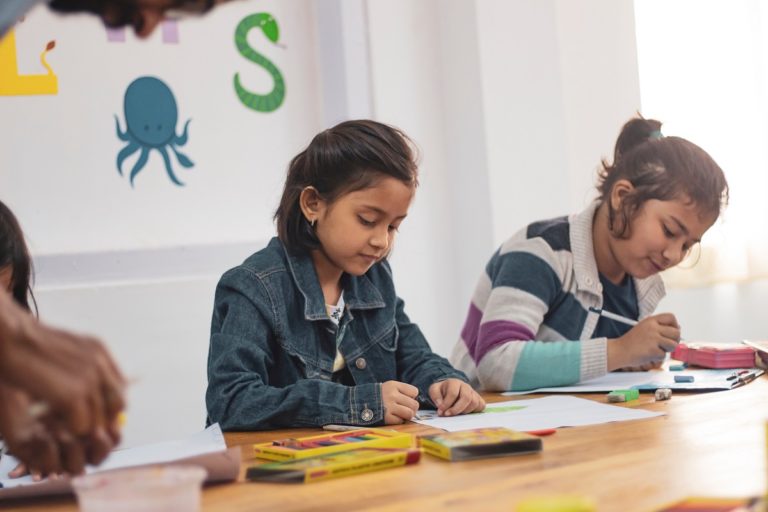
Teaching a foreign language to children can be an immensely rewarding albeit challenging experience. Aside from the complex rules of grammar and syntax, you also have to deal with short attention spans and occasional tantrums. But language training is only as effective as the teacher providing it.
Learning a new language can be enjoyable for kids as long as you inject fun in every class. Here are seven ways to engage your young foreign language learners.
Storytelling exposes children to a great number of words. It refines their skills in listening, pronunciation, grammar and syntax. Novels and story books attract young audiences because they tickle their imaginations. Reading or listening to stories also helps students understand the nuances of a new language faster and better. It also exposes kids to commonly-used words and phrases of a foreign language.
Role plays can prepare students for real-life encounters. Participating in role plays improves fluency and boosts confidence. It also lets the students practice question and answer patterns and provides a meaningful context for practicing the language.
Some useful situations include asking for directions on the street, introducing yourself, ordering in a restaurant, or asking for someone’s phone number.
Children love to sing along. Tunes can help children learn new words in a fun and lively manner. Rhyme and rhythm make remembering new words easier.
Tongue twisters are a fun way to practice correct pronunciation and enunciation of words. Alliteration also helps improve accents.
Never underestimate the power of cartoons. Aside from being entertaining learning tools, cartoons use natural phrases and expressions. Because kids are easily distracted, visual tools such as cartoons are a fun way to get a child’s attention.
The repetitive chanting in nursery rhymes helps in memory retention and speech development. Exposing children to rhymes can help them learn how a language behaves. It familiarizes them with basic language rules such as pronunciation, pitch, and grammar.
Games create a more interactive and relaxed learning environment. They increase learning motivation, promote competence, and reduce the fear of making errors. A good example is a memory cards game where the student matches a photo card with the correct name card. The cards are arranged face down. Every time a student flips a card, they will have to read the name out loud, so they can also practice pronunciation. The player with the most pairs in the end wins.
Teaching kids a foreign language does not have to be intimidating as long you combine patience with creativity. TPRS® or Teaching Proficiency through Reading and Storytelling® has been developing interactive books and language training resources since the late 1980s. Our teaching strategies revolve on the idea that the brain needs Comprehensible Input (CI) to speed up the learning process. We are dedicated to assisting teachers through extensive training, compelling materials and innovative ideas that make language teaching fun and interactive.
Improve your language teaching strategies today with compelling materials that are suitable to the needs and interests of your class. Check out our products here.